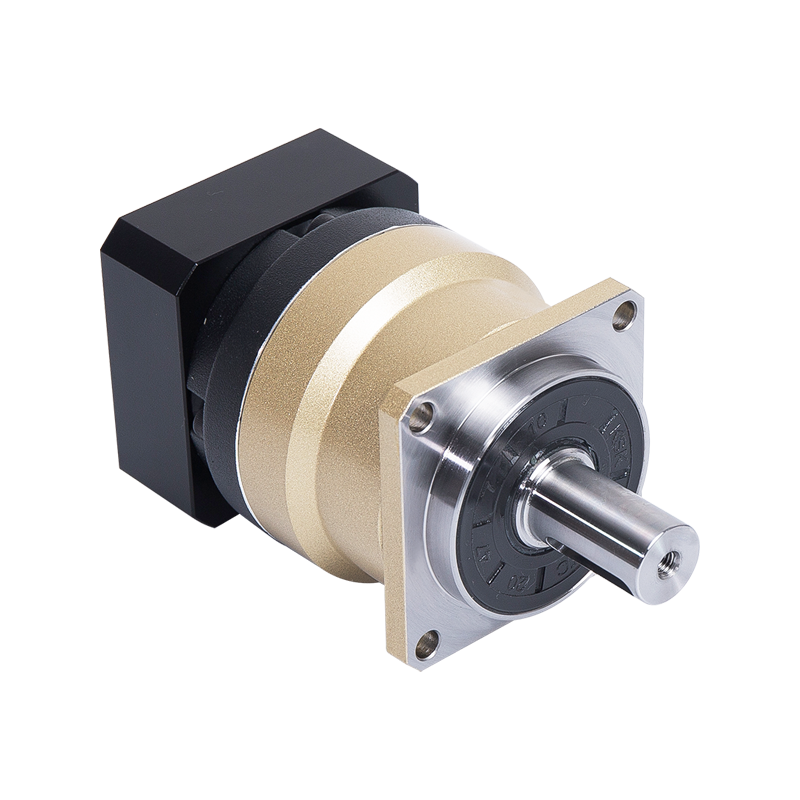Door Driving Precision Planetary Reducer
Cat:MK series planetary reducer
Industry-product lineupApplicable to: Door drive (planetary, coaxial shaft)MKB Precision Planetary Reducer is a cutting-edge mechanical device designe...
See DetailsIn the field of mechanical engineering, the choice of gear design for the MPB Low Noise Economical Star Reducer can have a profound impact on the performance and acoustic properties of the system.Among various types of gears, helical gears stand out for their ability to operate smoothly and minimize noise, making them an integral part of applications where precision and quietness are critical.
The core of helical gears lies in their unique tooth shape. Unlike the straight teeth of spur gears, the teeth of helical gears are at an angle to the gear axis, which is called the helix angle. This tilt direction changes the way the gears mesh with each other. Helical gears provide a progressive meshing process rather than the sudden and sometimes jarring meshing of spur gears. This progressive engagement significantly reduces shock and vibration during operation, thereby minimizing noise generation.
The helix angle ensures that when the teeth of two gears come into contact, they do so in a smoother manner over a larger surface area. Not only does this distribute the load more evenly, it also helps prevent sudden changes in force or torque that would otherwise cause noise and wear on the gear system.
Another key advantage of helical gears is their ability to maintain continuous contact between teeth as they mesh across the gear tooth width. Unlike spur gears, whose teeth snap into and out of engagement, helical gears maintain steady contact throughout the meshing process. This continuous contact spreads the load across multiple teeth simultaneously, further reducing pressure fluctuations and ensuring more stable and quieter operation.

Helical gears also have beneficial overlap between teeth when meshing, called the overlap ratio. This overlap ensures that there is always some degree of meshing between the teeth, even as they transition from one pair of teeth to another. Overlap ratio plays a vital role in maintaining smooth and quiet operation, helping to gradually transfer loads and reducing the likelihood of kickback or sudden impacts within the gear system.
The helix angle of the teeth introduces a force component directed axially along the gear shaft. This axial force component helps balance radial forces, resulting in smoother running characteristics. By balancing the forces in this way, helical gears can reduce vibration and noise compared to gears where axial forces are not managed effectively. This balanced force distribution contributes greatly to the overall smoothness and quietness of the gear system.
Effective lubrication is critical to the smooth operation and longevity of any gear system. Helical gears benefit from improved lubrication due to the sliding action between the helical teeth as they mesh. This sliding action helps distribute lubricant more efficiently along the tooth surfaces, reducing friction and wear. By maintaining optimal lubrication, helical gears can operate with minimal noise and achieve greater efficiency in power transmission applications.